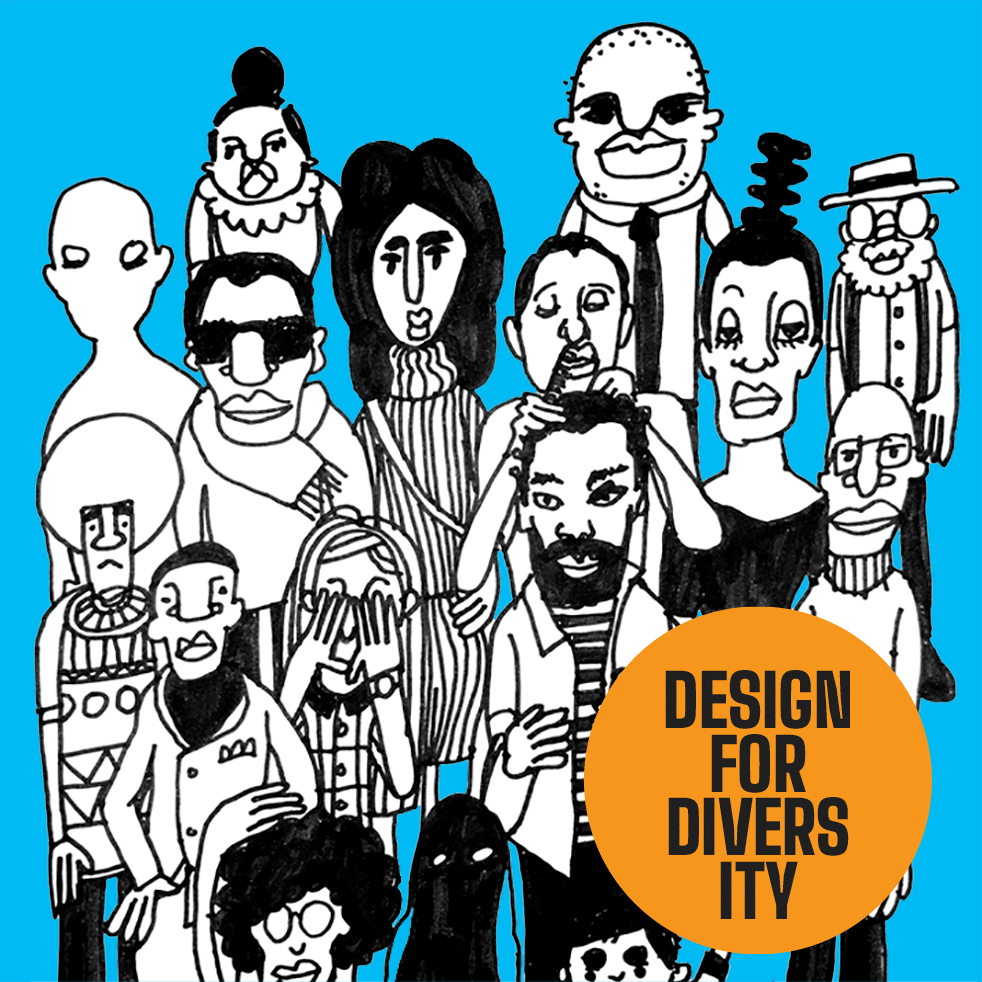
Welcome
the
99%
by OpenCity Projects
Illustration: William Morrisey
Design for Diversity aims to encourage city builders to create inclusive experiences that communicate ‘welcome’
Cities like Toronto often celebrate their diversity statistics but we must also prioritize inclusion. At OpenCity, we have spent more than a decade learning about what motivates diverse people to spend time in a place and connect with others. Design for Diversity is a new way of viewing, planning and designing public space through a lens of inclusion and diversity. By welcoming the 99%, and designing with the intention of creating inclusive experiences, Design for Diversity becomes standard practice.
Inclusive space is simply good design. So why do so many public spaces lack a hospitable atmosphere? Sterile public spaces are common in our cities. Whether through their physical layouts, lack of seating or excessive commercialization, they communicate to the public that they are not welcome. The privatization of public spaces, in cities like New York and London, has created a polarizing effect among public spaces users. This fragmentation has serious implications for the future of city life and the implicit and explicit purpose of their public spaces.
Through our research, we learned that successful intercultural spaces exude a sense of welcome to everyone in the community. These spaces are relaxed, open environments that invite people to come as they are and encourage them to be themselves. They celebrate culture and acknowledge diversity through design features or communal activities that can include symbols, language, colour, music, food, and play.
We found welcoming elements throughout all six sites in Toronto that we reviewed as part of our research. Parkdale Library is like a second home to its diverse, local community which includes Tibetans, Vietnamese, Poles, and Tamils. Friendly, multilingual staff, resources and programs make visitors feel welcome to use the space and stay all day. At Scadding Court Community Centre, brightly coloured shipping containers serve as stalls for international street food at the outdoor market which draw people in from the street to spend time in a relaxed, open environment. Kensington Market’s vibrant streetscape conveys openness through music, markets, street art and restaurants with diverse foods and affordable retail that make people from different backgrounds feel like they belong and can participate in the district’s commercial life.
Design for Diversity aims to encourage city builders to create inclusive experiences that communicate ‘welcome’. The best public spaces are ones where you can feel at home among strangers and where those strangers can come to feel like friends.